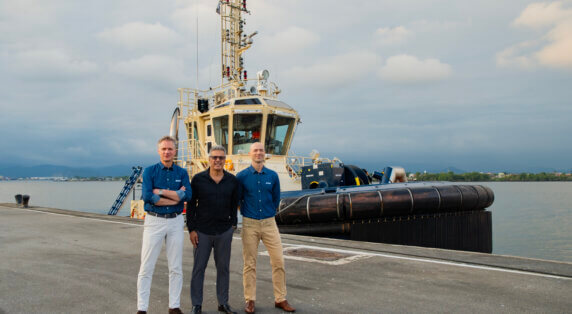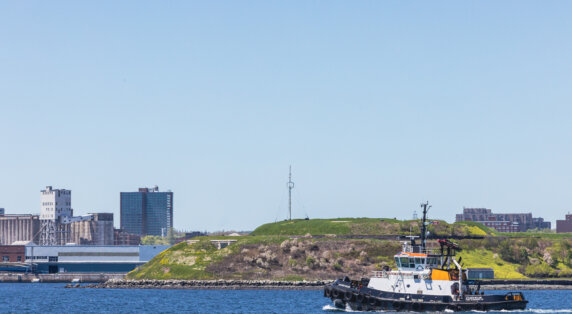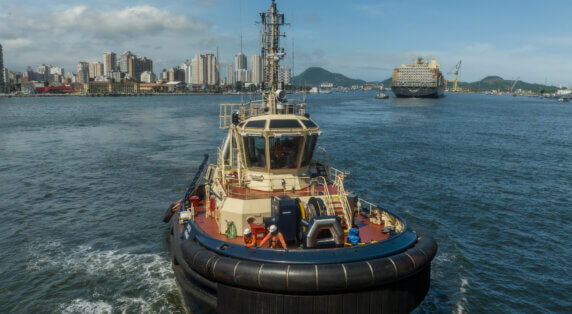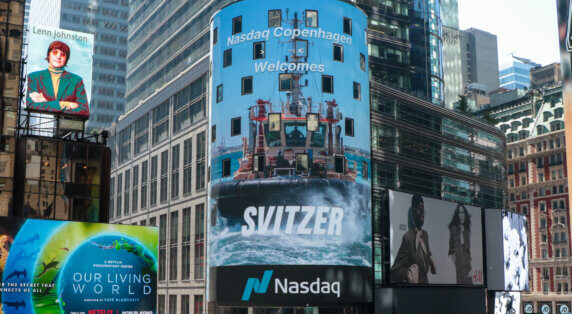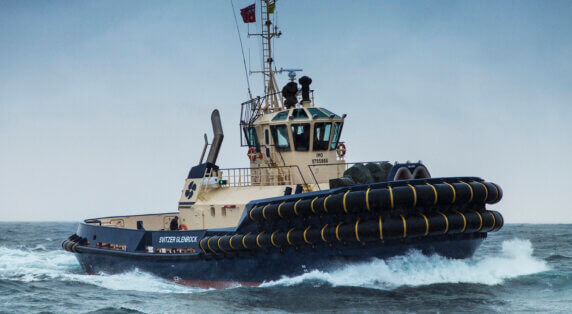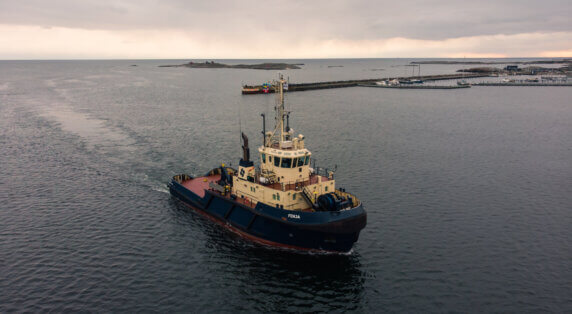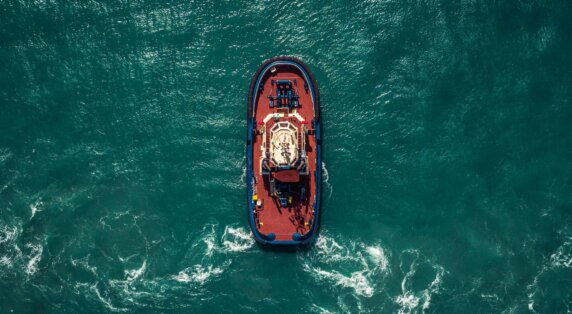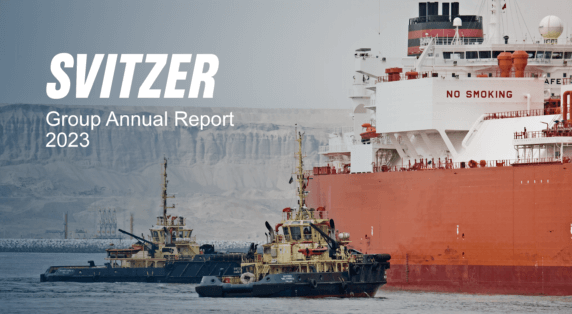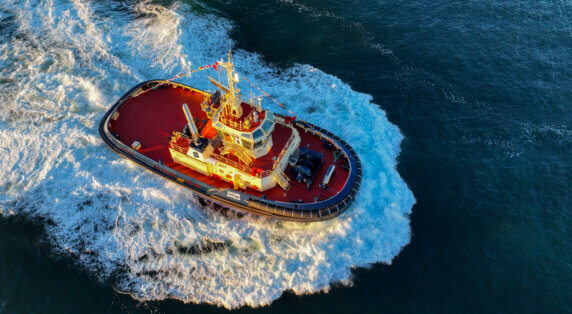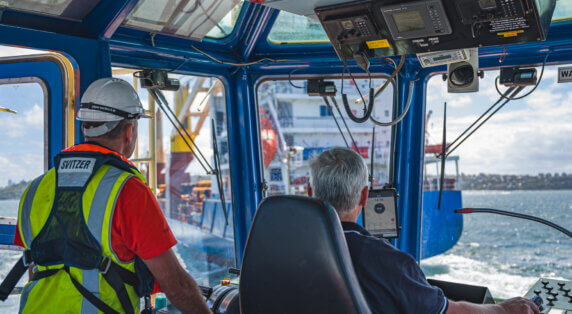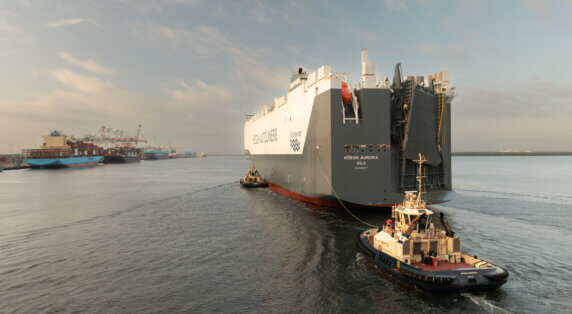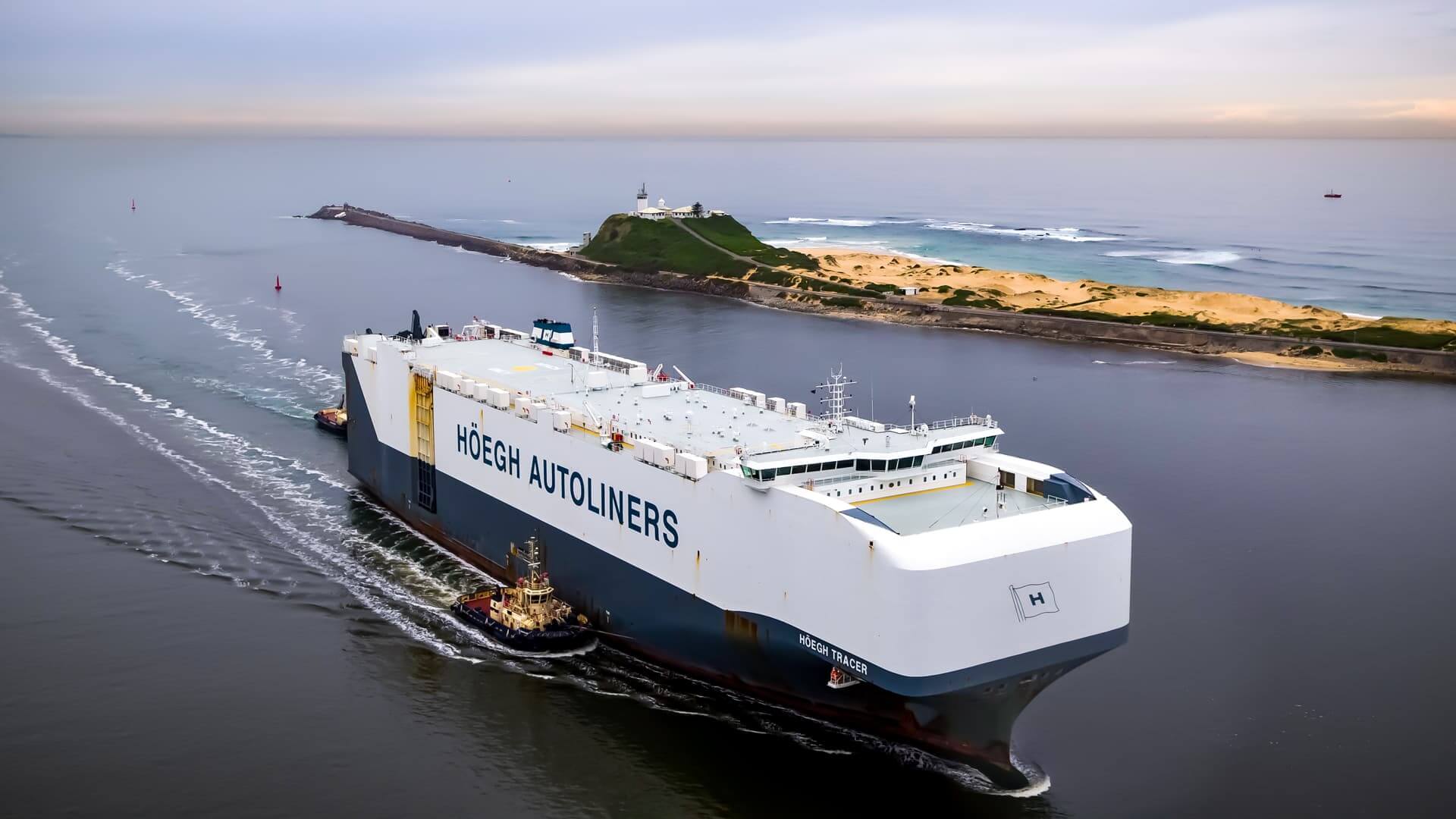
Svitzer Australia meets emissions target for 2020
In the weeks following the worst of 2020’s bushfire crisis, Svitzer committed to reducing its rate of CO2 emissions by five per cent by 31 December 2020.
Over twelve months on, Svitzer has not only achieved this five per cent reduction in the rate of emissions, but also reduced the total CO2 emitted in 2020 by the 84 vessels across its Australian fleet by 5 per cent.
This five per cent reduction represents 1.08 million litres of fuel saved, or 2,942 tonnes of CO2 emissions avoided – the equivalent of how much CO2 can be absorbed 140,000 trees in a year or removing 1387 cars off the road.
“It is very pleasing to have achieved the result of reducing our emissions by 5 per cent across our Australian fleet, to see that we are working hard to do our part in reducing emissions and succeeding in doing so.
“While these are small steps in a global context, they are steps in the right direction as a company and for our people to see they can have a measurable impact on reducing our emissions in our day to day business. It shows that every little bit counts.”
Nicolaj Noes
Managing Director
The introduction of a new reporting tool in 2020, Port Tracker, was a key contributor to reducing fuel consumption and emissions. Port Tracker was successfully implemented in nine ports, representing over 62 per cent of the total fuel consumed in Svitzer’s Australian ports.
Svitzer Australia’s Head of Innovation, David Bartnik, who is leading the global project said that the 5 per cent reduction was a stretch target and it was significant that the company had achieved it.
“By achieving our 2020 target, Svitzer is now looking at how we can extend the target and ensure we continue to make reductions across the business, through behavioural change and working with other port stakeholders to optimise operational efficiency.”
Furthermore, as part of the commitment made last year, Svitzer continues to invest in emissions-reducing technology, including installing solar panels at key ports of Brisbane, Newcastle and Melbourne and looking at the viability of alternative fuels for its fleet globally. The 86kW Brisbane project has recently been commissioned, and is estimated to avoid the emission of more than 125 tonnes of CO2 per year.
Svitzer Australia also reports its energy use and greenhouse gas emissions under the National Greenhouse and Energy Reporting scheme. In the most recent submission for the financial year, 2019/2020 results indicated that overall, Svitzer had reduced its production of greenhouse gases by 5 per cent.
ABOUT SVITZER
Since 1833, Svitzer has provided safety and support at sea. With 4,000 employees, a fleet of more than 430 vessels and operations all over the world, we are the global market leader within towage and marine related services.
For more information, please contact:
Gabrielle Hickson at [email protected] or on 0419 816 206
Image Credit: Port of Newcastle
